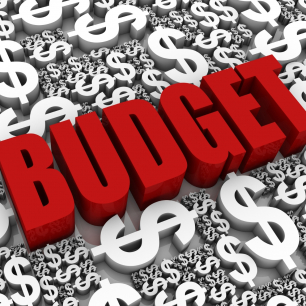-
Harm reduction spending drops
-
Treatment spending remains steady despite unmet demand
Law enforcement still accounts for the lion’s share of Australian governments’ spending on illicit drugs, according to the first comprehensive review of drug policy spending since 2003.
The review Government Drug Policy Expenditure in Australia – 2009/10, which looked at spending on prevention, treatment, harm reduction and law enforcement, found that spending on harm reduction measures fell over the period while prevention and treatment spending remained steady.
In 2009/10 federal and state governments spent a total of $1.7 billion* in direct response to illicit drug use including:
- $1.12 billion on law enforcement – two thirds of the total spend (66%)
- $361 million on treatment – just over a fifth (21%)
- $157 million on prevention – just under a tenth (9%)
- $36 million on harm reduction – 2%
- State and territory government spending accounted for more than two thirds of the spend (69%).
Lead author of the report Professor Alison Ritter, director of the Drug Policy Modelling Program at the University of New South Wales, said that while spending on policing was high and had increased over the period, even allowing for inflation, it was not inconsistent with spending in other developed nations such as the USA, UK, Sweden and the Netherlands.
However she said the drop in spending on harm reduction and the stable treatment spending over the period was concerning.
“Australia has an enviable reputation worldwide in implementing programs which reduce the health harms of illicit drugs,” said Professor Ritter. “If anything we might have expected to see spending in this area increase over the period.
“Over the seven years since we last analysed the Australian Drug Budget there has been increasing evidence for the effectiveness of harm reduction measures such as supervised injecting centres and the provision of naloxone, for example.”
She said that international best practice in responding to drugs required a balanced approach between health responses and law enforcement responses.
“It is impossible to know from looking at the expenditure alone whether Australia has got this balance right,” Professor Ritter said.
“What we do know is that there is very good evidence for the effectiveness of treatment and harm reduction and that there is a large unmet demand for treatment. So we would have expected the balance of spending to shift towards these areas rather than remain static.”
Dr John Herron, chairman of the Australian National Council on Drugs, has described the report as “very significant”.
“It further strengthens the view of the Council that a much greater investment in preventing and treating drug and alcohol problems as well as reducing their harmful impacts is needed in Australia,” Dr Herron said.
“As Deloitte Access have recently highlighted there is well over $100,000 to be saved for the taxpayer every time we treat rather than imprison a drug offender. This does not mean reducing the important role of law enforcement but in allocating new funding to prevention, treatment and harm reduction programs as well.”
Government Drug Policy Expenditure in Australia – 2009/10 will be launched on 20 June 2013 in Canberra at the Drug Policy Modelling Program Annual Symposium.
Where: The National Portrait Gallery, King Edward Terrace, Parkes ACT 2600. Room: Gordon Darling Hall.
Time: 9.00am (Media launch).
*This figure represents a drop in total spend compared with the 2003 report because of a methodological change. Indirect spending (on the social costs of drug use) has been removed to allow for direct international comparisons.


